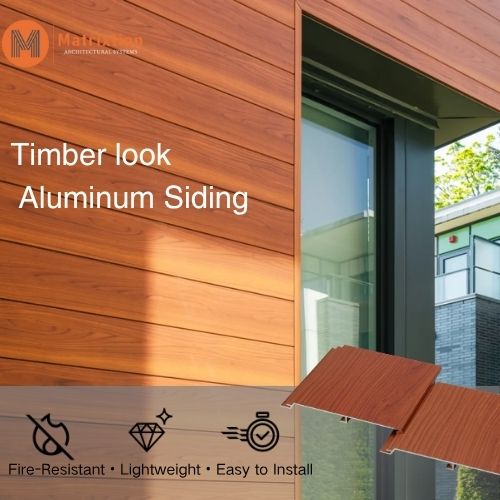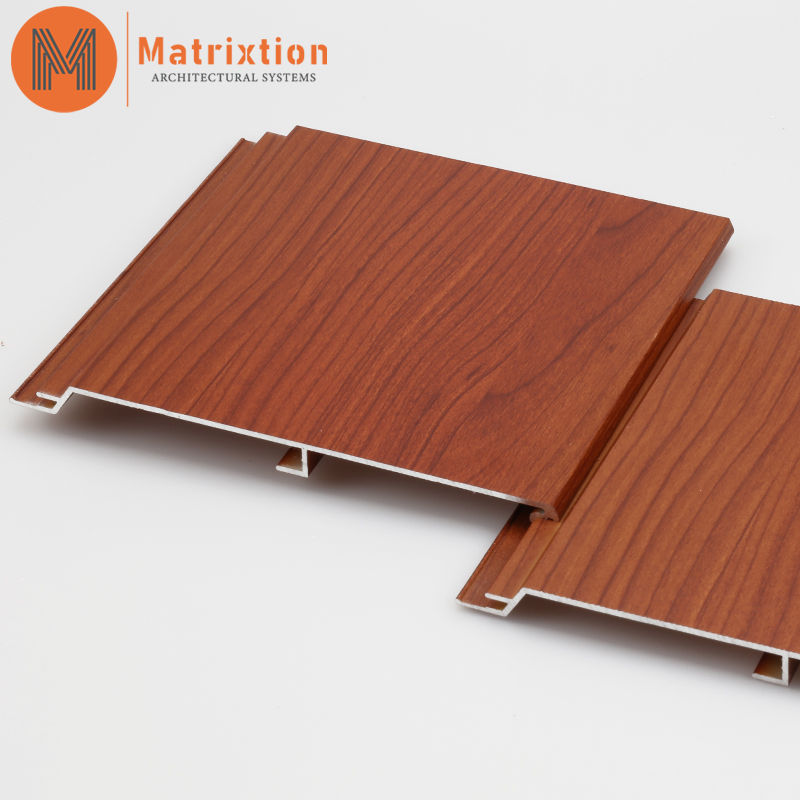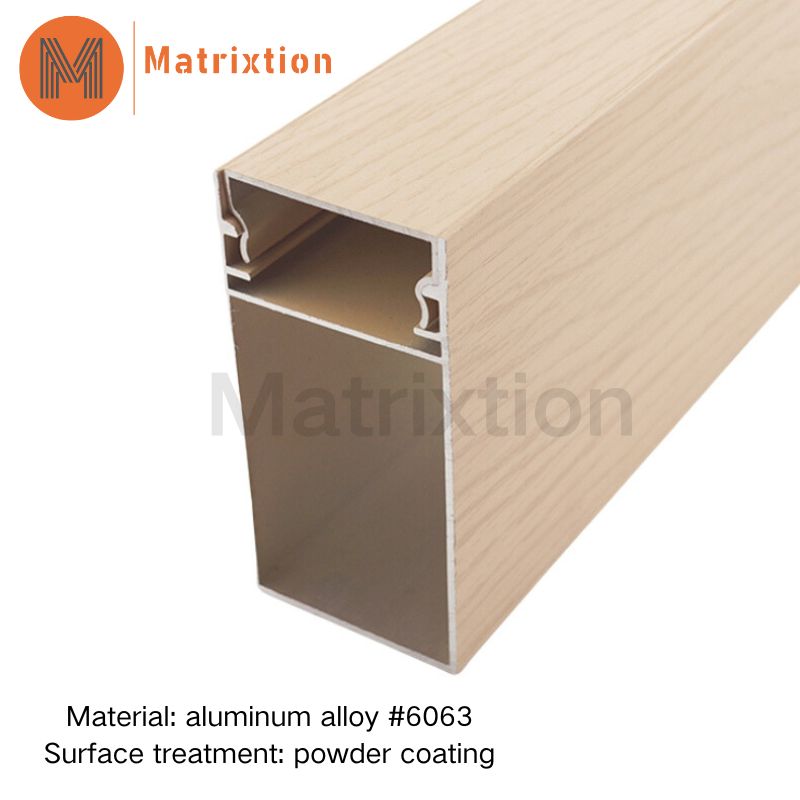What is the difference between siding and cladding
In the field of architecture and interior decoration, siding and cladding are two common materials and technologies, each with its own characteristics in terms of function, application and aesthetics. However, many people often confuse the difference between the two. In order to help everyone better understand the characteristics of siding and cladding, we will analyze the two in detail from the aspects of definition, materials, functions, installation methods, maintenance and so on.
Definition and Materials
There is a clear difference between siding (Paneling) and cladding (Cladding) in terms of definition. Siding generally refers to materials used to cover the surface of interior walls, designed to add beauty and protection to interior spaces. Siding can be made of a variety of materials, including wood, gypsum board, PVC, metal, etc. Its design is usually decorative and is common in the interior decoration of homes, offices and commercial spaces.
Cladding refers more to materials used for exterior walls, and its main purpose is to protect the building structure from external environmental damage, such as rain, wind, UV rays and temperature changes. Cladding materials usually include stone, brick, metal sheet, glass, ceramics, etc. Cladding is not only decorative, but also serves as insulation, waterproofing, and fireproofing, and is a key component of a building's appearance and durability.
Function and Use
The main function of siding is to enhance the beauty of interior spaces while providing a certain degree of protection. Siding has a significant decorative effect and can be used to cover wall flaws, enhance the atmosphere of interior spaces, or divide spaces. For example, wooden siding can create a warm atmosphere, while gypsum board is often used in modern interior design. In addition, siding also has the function of sound insulation and heat insulation, especially in commercial spaces, where soundproof siding is a common choice.
The functions of cladding are more extensive and diverse. It not only needs to provide an aesthetically pleasing appearance, but also must have a strong protective function. Cladding is mainly used on the exterior walls of buildings. It can effectively protect buildings from bad weather and improve the energy efficiency of buildings. For example, metal cladding has good corrosion resistance and fire resistance, while stone cladding can provide strong structural support and natural beauty. In addition, cladding has good sound insulation, which is particularly suitable for noisy environments such as airports and highways.
Installation methods
There are also differences in the installation methods of siding and cladding. The installation of siding is relatively simple and is usually fixed to the wall by glue or nails. Different siding materials may require different installation methods. For example, wooden siding is often fixed with nails, while PVC siding is more likely to use adhesives. When installing siding, it is necessary to ensure that the wall surface is flat and dry to ensure the firmness and aesthetic effect of the siding.
The installation of cladding is more complicated and usually requires a professional construction team to complete. The installation of cladding not only needs to consider aesthetics, but also must ensure that it is closely integrated with the building structure to achieve the best protection effect. When installing cladding, special fixing systems such as brackets, hangers and anchoring systems are usually used. The installation of cladding also needs to consider waterproofing, fireproofing, insulation and other factors, so the construction process is more rigorous and complicated.
Maintenance
There are also differences in the maintenance of siding and cladding. The maintenance of siding is relatively simple, usually only regular cleaning is required. If scratches or damage occur, local repairs can be made to restore its beauty. Different siding materials may require different cleaning methods, such as wood siding can use a special wood cleaner, while PVC siding can be wiped with a damp cloth.
Maintenance of cladding is more complicated, especially for cladding materials used in harsh climate conditions. Metal cladding may be corroded, so regular inspection and maintenance are required to ensure its protective function. Stone cladding requires regular cleaning to maintain its beautiful appearance. If the cladding is damaged, it usually requires a professional maintenance team to repair it to ensure the safety of the building structure.
Aesthetics and cost
From the perspective of aesthetics, siding is often used for interior decoration, with a variety of designs, which can add a unique style to the interior space. The color, texture and pattern of siding can be customized according to the interior design requirements to coordinate with the overall space style. In contrast, cladding focuses more on the appearance and protective function of the building, and its beauty lies in the texture of the material and the coordination of the overall design. Although the design options of cladding are relatively limited, high-quality cladding can add solemnity and lasting beauty to the building.
In terms of cost, siding is usually cheaper than cladding, mainly due to the relatively simple materials and installation process of siding. Cladding is often more expensive due to the high durability of the material and the complex installation process. However, the long-term durability and protective function of cladding can provide higher value for the building and reduce the cost of future maintenance and restoration.
Summary
In general, there are significant differences between siding and cladding in terms of definition, materials, functions, installation methods, maintenance, etc. Siding is mainly used for interior decoration, focusing on aesthetics and simple protective functions, while cladding is more used for building exterior walls, aiming to provide comprehensive protection and enhance the durability of the building. Understanding the difference between the two will help make more informed choices during the construction and decoration process, ensuring that the final effect meets the design and use requirements.




